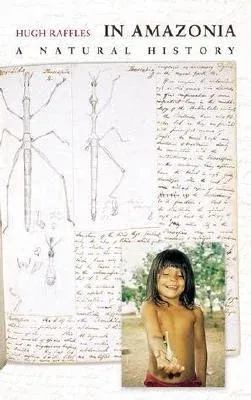The Amazon is not what it seems. As Hugh Raffles shows us in this
captivating and innovative book, the world's last great wilderness has
been transformed again and again by human activity. In Amazonia brings
to life an Amazon whose allure and reality lie as much, or more, in what
people have made of it as in what nature has wrought. It casts new light
on centuries of encounter while describing the dramatic remaking of a
sweeping landscape by residents of one small community in the Brazilian
Amazon. Combining richly textured ethnographic research and lively
historical analysis, Raffles weaves a fascinating story that changes our
understanding of this region and challenges us to rethink what we mean
by "nature."
Raffles draws from a wide range of material to demonstrate--in contrast
to the tendency to downplay human agency in the Amazon--that the region
is an outcome of the intimately intertwined histories of humans and
nonhumans. He moves between a detailed narrative that analyzes the
production of scientific knowledge about Amazonia over the centuries and
an absorbing account of the extraordinary transformations to the fluvial
landscape carried out over the past forty years by the inhabitants of
Igarapé Guariba, four hours downstream from the nearest city.
Engagingly written, theoretically inventive, and vividly illustrated,
the book introduces a diverse range of characters--from
sixteenth-century explorers and their native rivals to
nineteenth-century naturalists and contemporary ecologists, logging
company executives, and river-traders. A natural history of a different
kind, In Amazonia shows how humans, animals, rivers, and forests all
participate in the making of a region that remains today at the center
of debates in environmental politics.

